Feathered Retreats: Experiencing the Best Birding Lodges on a 6-Day Manu Tour
Birding ParadiseUnveiling
the Top Lodges in Manu
- Information
- Tour Plan
- Route
- Gallery
- Reviews
- Download Info
- Similar Tours
What's included
- Activities Listed in the Program
- Birding Specialized Guide
- Box Lunch
- Cock of the Rock Lodge Night
- Duffel Bags for Repacking
- Eco Manu Lodge Night
- Entrances Fees to the Birding Sites
- Fees to Hummingbird Garden or Rescued centre
- First Aid Kit (Antivenom)
- Free Storage Room in Cusco
- Guadalupe Lodge (WiFi, Private Showers, Hot Water)
- Macaw Clay Lick Ticket
- Meals (according the itinerary)
- Park Entrance Tickets
- Purified Water to Refill
- Rubber Boots
- Shareable Checklists on Ebird
- Snacks (Fresh Fruits, Cookies Juices )
- Transfer in City, Airport, Bus Station
- Transport (Air Conditioned Minivan or SUV)
- Wayquecha Lodge Night
- Alcoholic Drinks
- Binoculars (Available to rent)
- First Day Breakfast
- Single Supplement Upgrade
Best Birding Lodges in Peru
Exploring the Premier Birding Lodges in Manu
Peru’s Manu Road is a mecca for birdwatching enthusiasts, renowned worldwide for its breathtaking landscapes and exceptional biodiversity. Offering a thrilling adventure through pristine rainforests and cloud forests, this iconic route is a must-visit for bird lovers.

Regarding birdwatching, Manu Road is one of the best places to go. There are so many different types of birds that you can see, and the rainforest is such a unique environment. However, there are a few things that you need to keep in mind if you want to have a successful birdwatching trip from the Andes, Cloud Forest, and Rainforest.
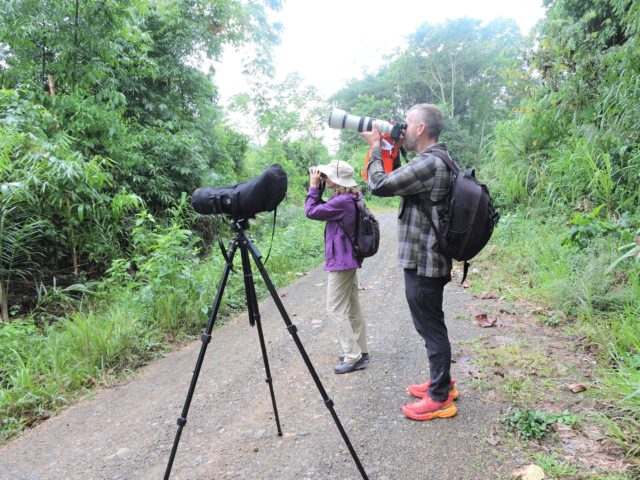
To enhance your birding experience, we have curated a list of the best birding lodges along Manu Road. These lodges provide comfortable accommodations and facilitate optimal bird observation opportunities and access to diverse and rare avian species.
Avid Birder’s Haven: Discovering the Finest Lodges in Manu on a 6-Day Birding Adventure
Unveiling the Top Lodges in Manu
Wayquecha Lodge.
It is the only lodge with certainly a privileged location. Surrounded by elfin forest, the underlying of the Andean mountains. As a result, this location is a niche for birds such as the barred Antthrush, Cuzco Brushfinch, Golden-collared Tanager, Andean Potoo, Purple Backed Thornbill, Red-and-white Antpitta, and Marcapata Spinetail. Chestnut-crested Cotinga, and many more. Currently, this location holds around 303 bird species according to Ebird. (2,903 meters / 9,525 feet)
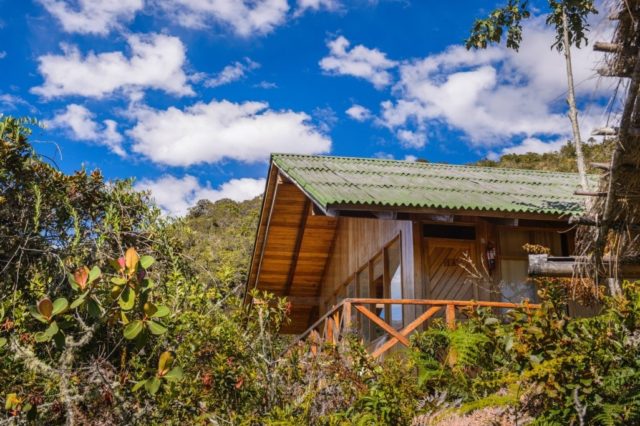
Cock of the Rock Lodge
The Lodge sits in the heart of the Cloud Forest at 1,500 meters of elevation surrounded by lush vegetation and a humid forest. The specialties living here are; Cock of the Rock, Crested Quetzal, Rufous-winged Antwren, Handsome Flycatcher, Solitary Eagle, Lyre-tailed Nightjar, Geoffroy’s Daggerbill, Wire-crested Thorntail, Peruvian Piedtail, Lanceolated Monklet, Amazonian Umbrellabird, Olive Finch, and Cerulean-capped Manakin, among many many others. This location holds around 500 bird species according to Ebird (5000 feet or 1520 m of elevation) *alternatively we can stay at Paradise Lodge
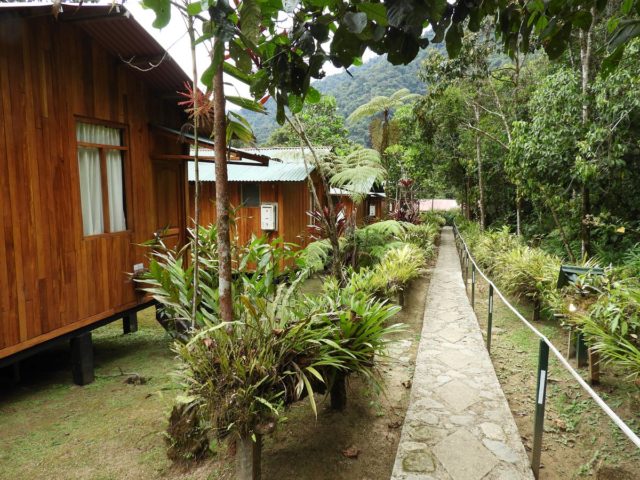
Guadalupe Lodge
This location is ranked as a hotspot by Ebird counting over 390 bird species. In turn, making it one of the best locations along Manu Road. This location is one of the newest birding hotspots and covers different birds habitats from the mature bamboo forest, Mauriche Palm forest, Second growth, Riverine, and the Foothill Forest, you will be able to spot; Blue-Headed Macaw, Buff-tailed sicklebill, Peruvian Recurbill, Black-backed Tody-flycatcher, White-cheeked Tody-Flycatcher, Flammulated Pygmy-Tyrant, Yellow Tyrannulet, Manu Antbird, Yellow-Billed Nunbird, Golden-collared toucanet, Red-billed Pied Tanager, Black-banded woodcreeper, Rufous-headed Woodpecker, Fine Barred Piculet, Harpy Eagle and many more. (635 meters / 2084 feet)
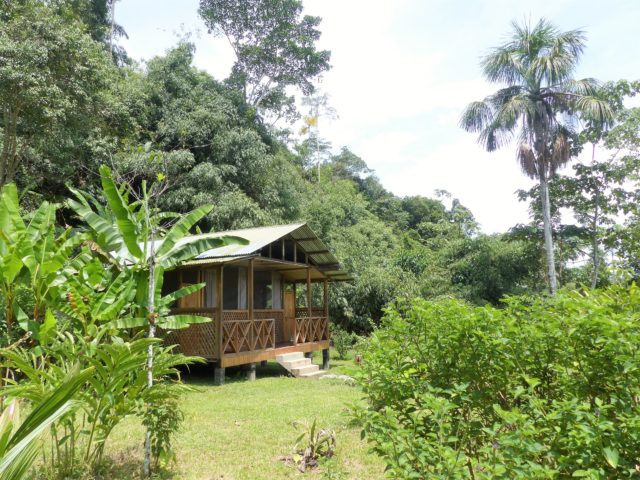
Eco Manu Lodge
Eco Manu Lodge holds currently 266 bird records according to Ebird, this is a sustainable lodge with a solar-powered system. This is a new paradise for birding adjacent to the riverside of the Alto Madre de Dios and the fabled Amazonia Lodge. The area is prime for observing the following; Amazonian Antpitta, Koepcke’s Hermit, Rufous-crested Coquette, Lemon-throated Barbet, Agami Heron, Rusty-belted Tapaculo, Plum Throated Cotinga, and others interesting birds nestling in the foothill forest. (492 m / 1615 Feet)
Other Top Locations Best Birding Lodges in Peru
Cocha Machuhuasi
An oxbow lake attracts a large number of Amazonian birds such as; egrets, hoatzins, herons, kingfishers, rails, crakes, horned screamers, caciques, and oropendolas. The lake sits at an elevation of around 500 meters approx, Currently, there is a list of 421 species of birds recorded at this location. But this is forever rising, check the updated list on Ebird.
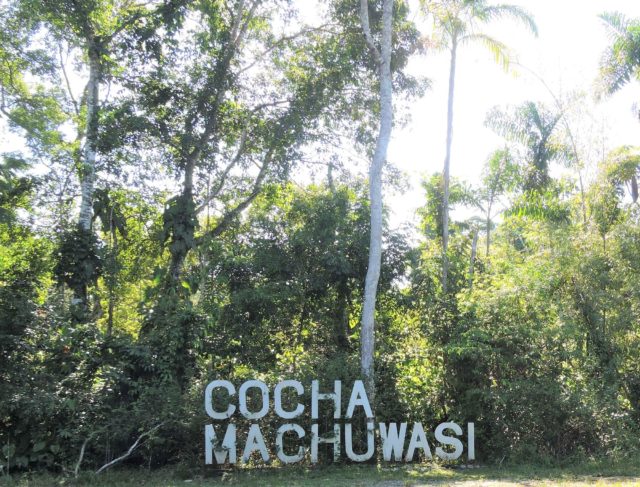
Laguna Patria
Another bonus location to look for is Amazonian aquatic birds, migrants, and second-growth specialists. The location congregates; Hoatzin, Capped heron, Least Grebe, Sunbittern, Amazonian Antpitta, Brazilian Teal, Red Capped Cardinal, Spot Breasted Woodpecker, Black Billed SeedFinch, and others.
Over this location around 182 bird species have been reported via Ebird.
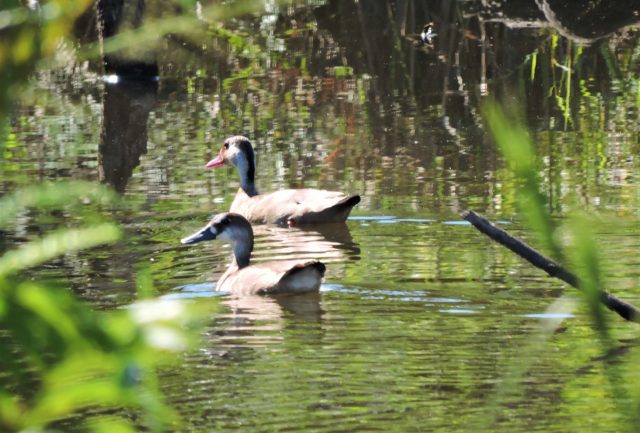
Visiting the Hummingbird Gardens in Manu
A journey through these enchanting gardens is nothing short of delightful, as birdwatchers are treated to a vibrant display of these fascinating and agile creatures.
The gardens provide the perfect vantage for photography and enjoy watching mesmerizing flight patterns. Their rapid wing beats create a humming sound, giving them their name and adding to the magical atmosphere of the gardens. It’s truly a joy to see them zip from one flower to another, sipping nectar with their long beaks and showcasing their extraordinary agility.
Hummingbirds, known for their tiny size and incredibly fast wing-flapping speed, are a highlight for birding enthusiasts. With their vibrant plumage, iridescent colors, and distinctive beaks, they capture the attention and admiration of all who witness them. These tiny birds have become emblematic of the rich biodiversity found in Manu, and their presence is a testament to the region’s dedication to conservation efforts in the following locations;
Jardin Pico de Hoz
The Pico de Hoz garden is near Pilcopata town, this location holds 356 bird species. The garden is carefully designed and maintained to attract a variety of these beautiful birds. Colorful flowers, nectar feeders, and strategically placed perches are just some of the elements that make these gardens irresistible to hummingbirds. The abundance of nectar and the absence of predators in these gardens create an ideal environment for these fascinating creatures to feed, rest, and display their aerial acrobatics.
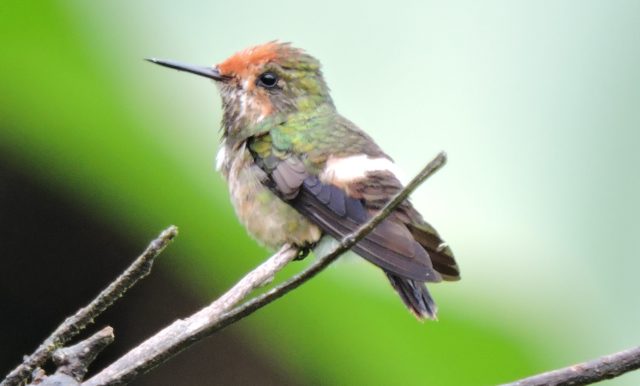
Inkamazonia Garden
Prepare to be amazed by the sheer number of hummingbird species you will encounter over here. currently, this location holds 204 bird species among hummingbirds, tanagers, saltators, antbirds, and other emblematic species, You will have the opportunity to observe a diverse range of these incredible birds.
From the dazzling Violet-fronted Brilliant and the vibrant Gould’s Jewelfront to the adorable White-necked Jacobin and the elegant Rufous Crested Coquette, Koepcke’s Hermit, White Bearded Hermit each species has its unique charm and beauty.
As you embark on your birding adventure, keep an eye out for tanagers, honeycreepers, and various species of woodpeckers.
Interesting Birds & Families.
The Antpittas
In general, antpittas are shy and retiring and as a result of this, can be quite hard to see. More commonly you will hear, as their call from the dense forest understory. Side trails offer the patient observer a chance to glimpse these seldom-seen species. The forest also is home to a gorgeous variety of hummingbirds. These spectacular birds can be found feeding on roadside flowering trees and shrubs.
The Cock of the Rock
Cock of the Rock (Rupicola Peruviana) is another one of the most spectacular and well-known birds in Peru. It inhibits the lower montane forest below 2,000 m altitude. This large orange bird is often seen feeding on fruit trees. But it’s most impressive when seen at an LEK.
Displaying Site
Here the males gather at the traditional LEK sites in the early morning to display. This is where the action happens. They squeal loudly and dance, bending their heads forward and raising their wings. The duller females visit the Leks to select a male, who after mating, plays no further part in the nesting or feeding of the young.
Hummingbirds
Furthermore, Peru supports an impressive 127 species (39 % of all the hummingbirds) of which Manu National Park is their home. Hummingbirds occur in all the habitats of the region, from the high montane forest to the flooded forest. Even being spotted in the towns and agricultural areas. Consequently most of them you can see in the gardens of these selected lodges specific to this tour.
Tanagers
The tanagers are one the most colorful and distinctive groups of birds in the world. Only in the New World tropics with the highest diversity of species occurring in the forest of the southern Andes. Even more, Manu Park holds an extraordinary number of them. A colorful procession of these fruit-eating birds scores through the sky. Of which you can see in mixed flocks moving through the forest canopy.
How to Prepare?
Finally, you’ll want to make sure you have the right gear for birding. A good pair of binoculars is essential, and a camera can help you capture memories (or evidence!) of your sightings.
Download a couple of apps such as Merlin (download the Peru bird pack) and Ebird (quite useful for uploading your bird records, all lodges provide a WIFI connection )
Don’t forget to pack plenty of sunscreen and insect repellent, as well as comfortable walking shoes and clothes that can protect you from the elements. With a little planning and preparation, your trip to see Peru’s amazing birds will be a success!
Here you can Download our Packing List
- Day 1
- Day 2
- Day 3
- Day 4
- Day 5
- Day 6
Cusco - Wayquecha Lodge
Driving uphill we will reach the high mountains which are locally known as Puna, we will be searching diligently for Sedge Wren, Line Fronted, and Junin Canastero. While descending the Acjanacu Pass (1066 feet) the vegetation is scattered and we will look for birds of this habitat such as; Chestnut Bellied, Hooded, Scarlet Bellied Mountain Tanager and the bird’s flocks that travel in this misty forest are quite productive also to find some specialists at this elevation, Crimson Mantled Woodpecker, Plushcap, White Banded & throated Tyrannulet, Pearled Treerunner, Puna Thistletail, Black Throated Tody-Tyrant, Sierran Elaenia, Golden Collared, Grass Green, Blue Capped Tanagers, Band-tailed and Barred Fruiteater, Streaked Tuftedcheeck, Purple Backed Thornbill among others in the mixed flocks as they are more frequently to find them flying across the road. Full afternoon birding at the elfin forest at the Wayquecha Lodge elevational range, overnight at the Wayquecha
Wayquecha- Cock of the Rock Lodge
Early morning walk to look for the Endemic Red and White Antpitta and the Urubamba Other interesting targets at Tuneles and Esperanza location are; Gray Breasted Mountain Toucan, Chestnut Crested Cotinga the Endemic Red, and White Antpitta. While transacting along the Cloud Forest as we keep driving down into the mountain the vegetation will gradually have changed into more dense vegetation it holds birds species like Golden Headed Quetzals, Stripe-faced Wood-quail, Yungas Pigmy Owl, Blue-Banded Toucanet, Collared Jay Mountain Cacique, Greater Scythebill, At Much lower target bird would be the Cock of the rocks (Peru’s national bird) it easier to find them while they are displaying at their lek, (the male birds are a vibrant reddish orange, and as many as several dozens get together for an exhibition of a mating ritual dance in a place called Lek) After this fascinating experience we will search diligently for more species that are still found at this high; Yungas Manakin, Versicolored Barbed, Orange Eared Tanager, Streak Necked Flycatcher, Andean Motmot, and Green Jay among others. If lucky enough we may see the lyre tailed night during dusk. Overnight at Cock of the Rock Lodge
Cock of the Rock Lodge - Guadalupe Lodge
We will be looking to observe Cock of the rocks (Rupicola peruviana), Peru’s national bird from a platform. The male birds are a vibrant reddish orange, and as many as several dozen get together for an exhibition of a mating ritual dance in a place called “Lek” After this we will visit the flowers/feeders that attract hummingbirds, we will be able to see the following species; Booted Racket Tail, Wire crested Thorntail, Green Hermit, Many Spotted Hummingbird, Violet Fronted Brilliant, White Bellied Woodstar, Peruvian Pied tail, Long Tailed Sylph, Wedge Billed Hummingbird, Speckled Hummingbird, and the common Sparkling Violetear. During the afternoon we will sadly leave the lodge to look for a few target species, if lucky enough we may see the umbrella as far as driving down the mountains. We will pass by a swamp that is packed with Hoatzins known as pre-historic birds due to its appearance, Most of the bird sights here are also; Brazilian Teals, Southern Lapwings, Flycatchers, Amazon, Green Kingfishers, Little, Lineated and Spot Breasted Woodpeckers. Gray Breasted and Rufous Sided Crake, Capped Heron, Little Cuckoo, Silvered Antbird, and many more. We will arrive at our lodge Guadalupe just in time to see the nightjars (Common Pauraque) these elusive birds used to catch insects during dusk, the road it’s by far the best place to see them.
Guadalupe Lodge
We will wake up with the amazing variety of birds call that emerges out from the forest, the diversity of all is incredible here, the most frequently heard are specialist from bamboo forest, Mustached and Scaly Breasted Wren, Golden Bellied and Buff Rumped Warbler, Warbling Antbird, Dot Winged Antwren, Bluish Fronted Jacamar, Manu, Striated, White Line Antbird, Stripe Chested Antwren among others calls you heard coming just behind your cabins, we also heard the calls of the Blue and Yellow Macaws over flying during the sunrise. After Breakfast we will ultimate our birding experience here, exploring the bamboo forest interior that holds a unique collection of birds, our expert guides will do their best to show us the jewel of the dense bamboo thickets. "White Checked Tody-flycatcher" the birding at the bamboo Forest Patch is quite Interesting for cool and challenging birds such as; the Red-Billed Scythebill, Bamboo Antshrike, Ornate, White-Eyed and Dot Winged Antwren, Peruvian Recurbill, Dusky Cheeked, Ruddy, Buff Throated Foliage Gleaner, Large Headed Flatbill, Manu and Black Antbird, the Unmistakable Rufous Headed Woodpecker, Yellow Billed Nunbird. During the afternoon we explore another complex forest type to explore would be the foothill forest that is quite good to spot the Golden Collared Toucanet, Fasciated Antshrike, Red Billed Pied, Masked, Green & Gold, Yellow-Bellied, Yellow Crested, Yellow Backed Tanagers all used to be spotted while flocking up and few other unexpected Forest Falcons and large predators such as Harpy Eagle. The understory of this type of forest holds incredible species like; Rusty Belted Tapaculo, Black Faced Antbird, and Golden Bellied Warbler. Overnight at Guadalupe Lodge.
Guadalupe Lodge - Eco Manu Lodge
After early morning breakfast will descend out of the foothills to keep looking for birds along the road with few stops including the beautiful Blue and Yellow Macaws, Trogons, Woodpeckers, Tanagers, and many second growth specialists such as; seedeaters and flycatchers. The road crosses a low set of hills where we get to the Alto Madre de Dios River starts along the boat journey there will be chances to observe shore birds which are often seen foraging on the rocky gravel bars and we will keep a close watch on raptors, so we will be exploring the trails to Machuhuasi lagoon (1900 ft) we will have chances to look for the Amazonian Antpitta, Rufous Breasted Piculet, Cabannis Spinetail, arriving to the lagoon we will be welcomed by the noisy and clumsy hoatzins which are one of the most commons birds next to the Black Capped Donacobius, Horned Screamers, Blackish Rail, Black Billed Seed-Finch, Orange Backed Troupial, Red Capped Cardinal, Pale Eyed Blackbird, Rufous Sided Crake. Once at Eco Manu Lodge at noon, the Varzea forest provides good chances for observing the Gray Antwren, Pink Throated Becard, Rusty belted Tapaculo, Ringed Antpipit, Scarlet Hooded Barbet, Balck Faced Antthrush among other birds of the canopy; Chestnut Eared Aracari, White Throated Toucan and cotingas and raptors. During the afternoon we will explore trails along the channel to look for monkeys and if lucky enough the tapir and capybaras, overnight at the Lodge.
Eco Manu Lodge - Cusco
Early in the morning, we travel downriver by boat to the Parrot clay lick. This is a special place where parrots, parakeets, and small macaws, including the Chestnut fronted Macaw and the rare-headed Macaw, come to eat minerals that they need for digestion, we return to our lodge for breakfast and start packing and get ready to take the motor boat back to Atalaya port and our minivan ride will begin. We should be continuing with our journey even when we have to leave behind the tropical forest and weather and we will start climbing the Andes and arrive in Cusco at night.
Travelicious Review
"Into the Realm of Birds: Embark on a 6-Day Tour of Manu's Finest Birding Lodges"
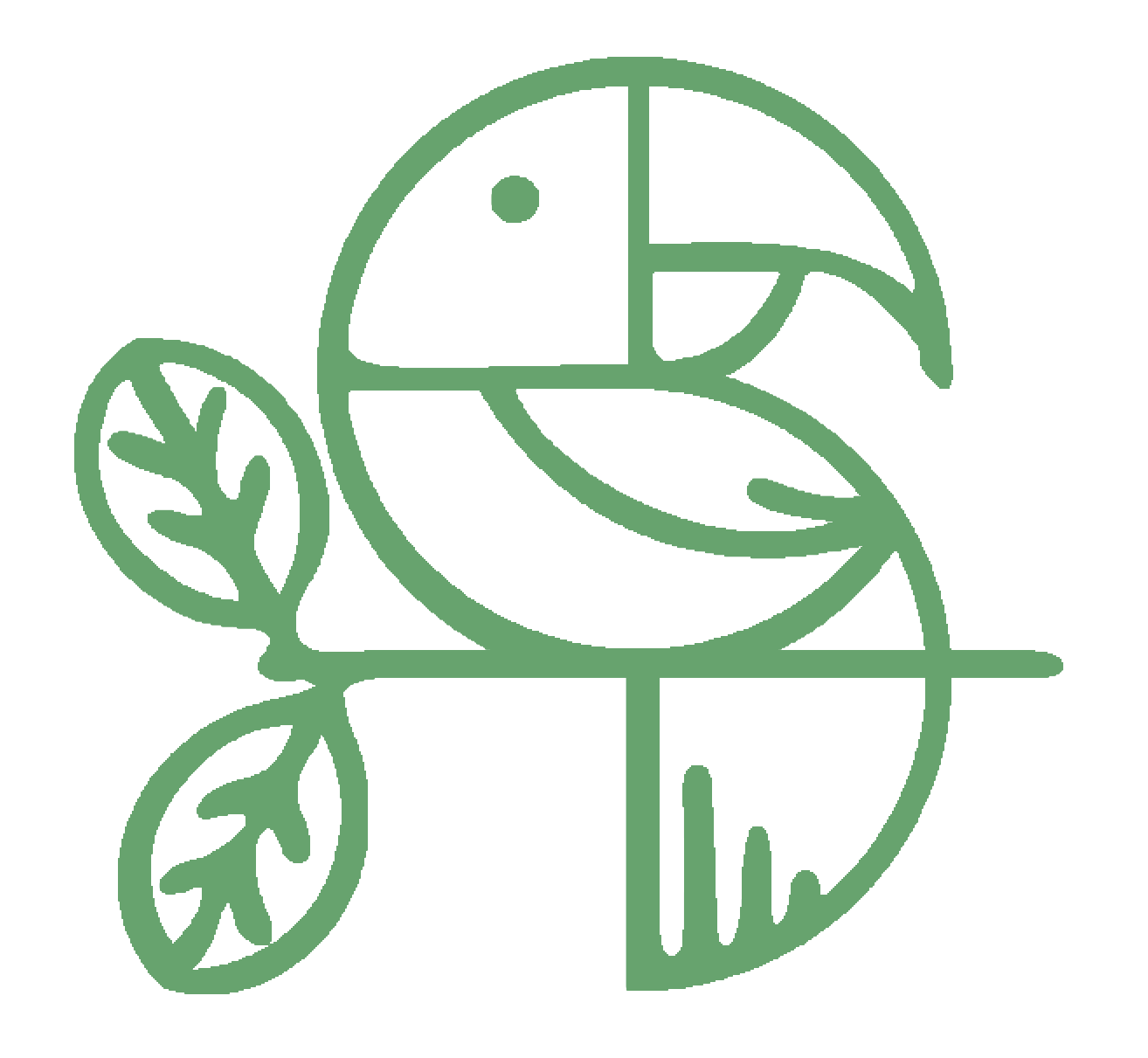



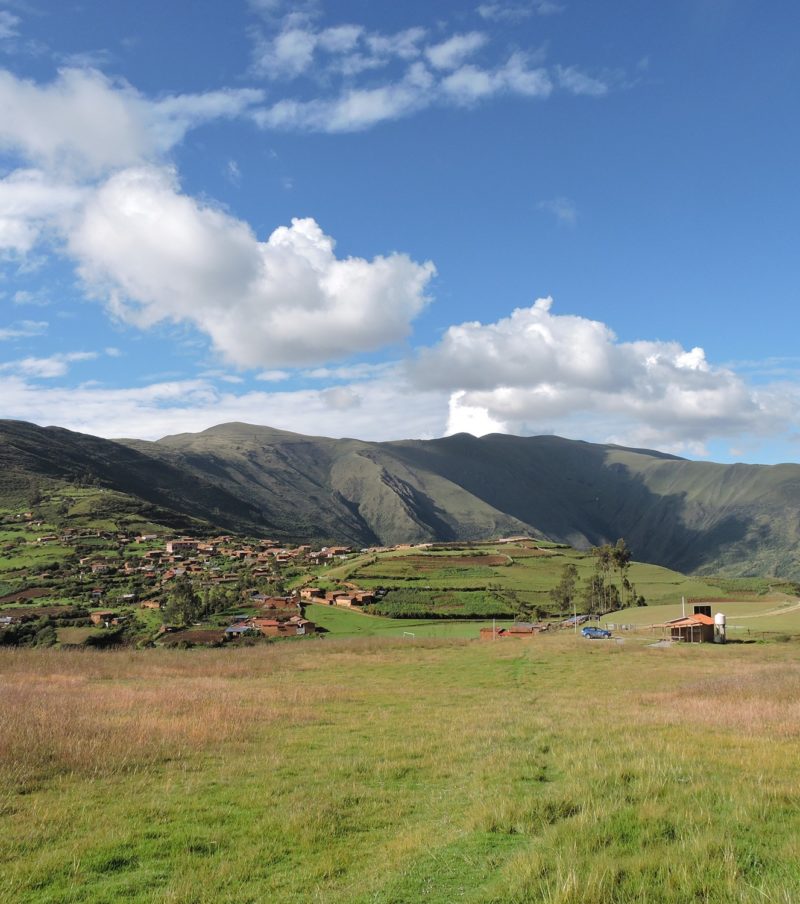
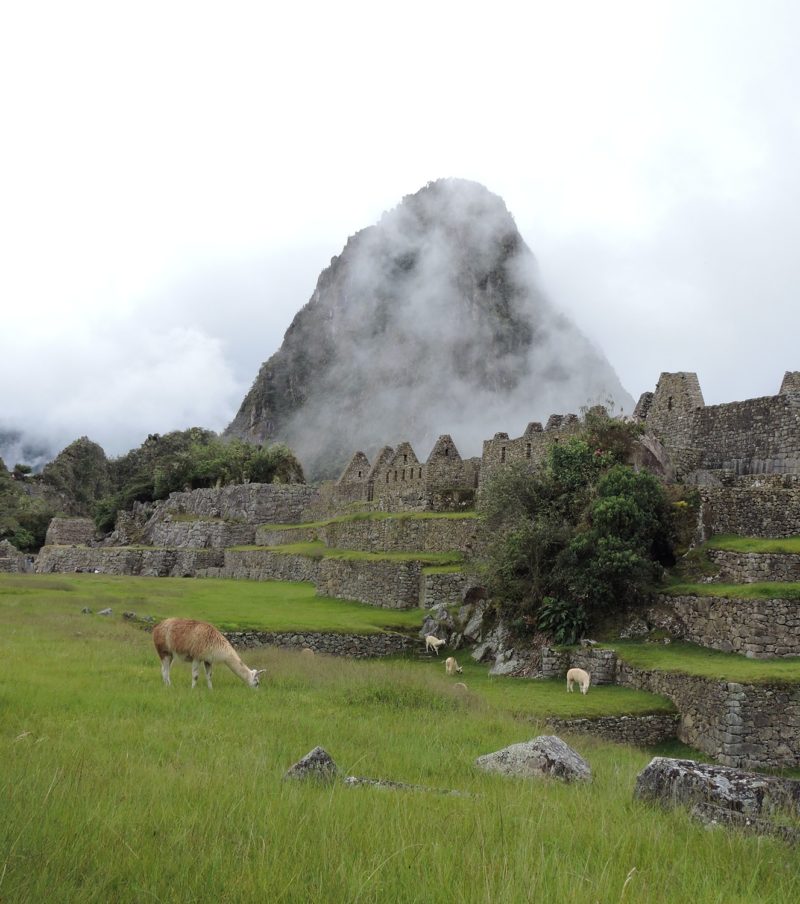


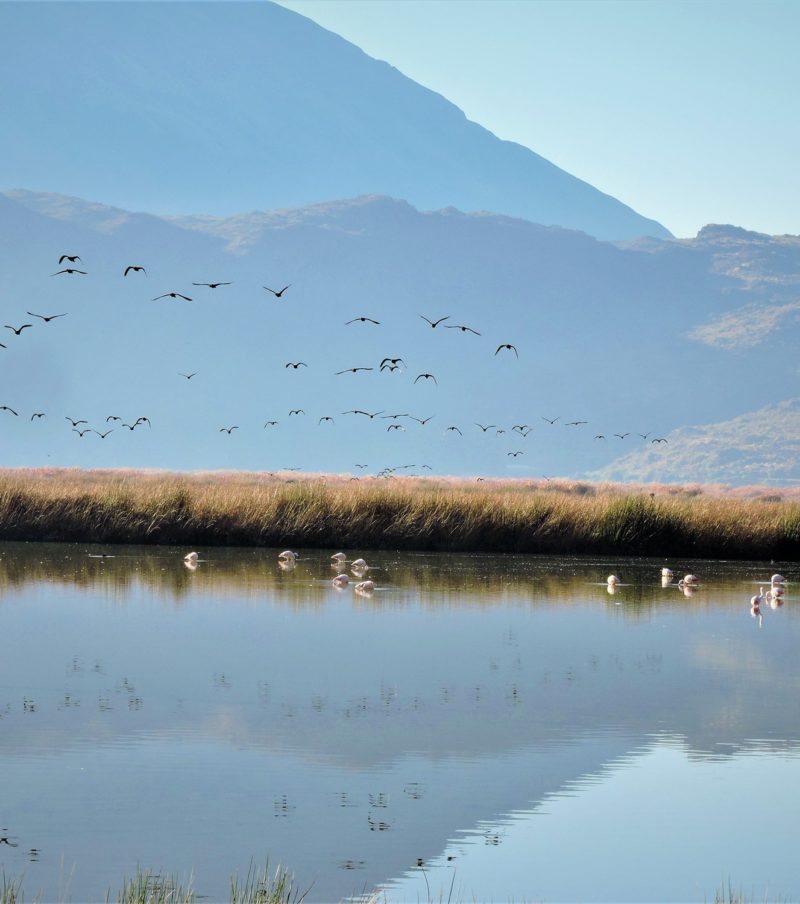



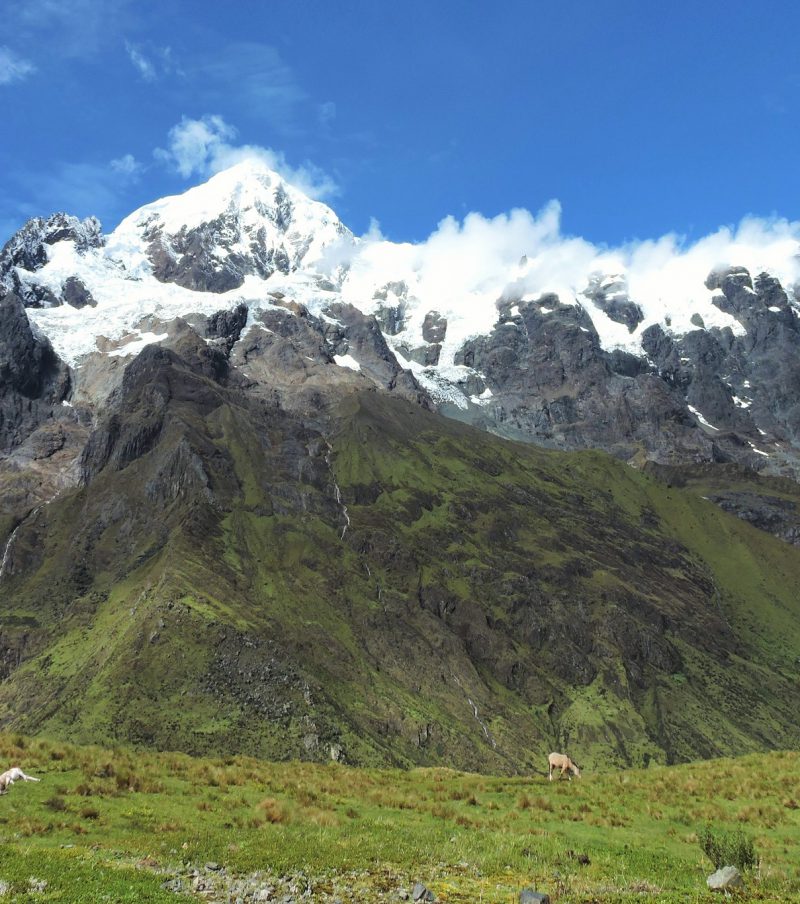
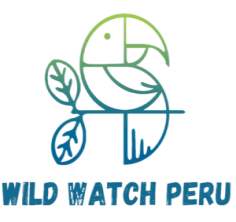


User Reviews & Comments
Debbie T
I was going along for the ride on a birding trip with my daughter. I was a little nervous as I have never been outside of the United States and this was my first experience. As soon as Herbert picked us up for our hotel and him and my daughter started sharing stories about bird banders they both knew I felt at ease from that point forward. To say I was impressed with Herbert and his knowledge of birds is an understatement. I was amazed at how he would just hear a bird as we were driving down the mountain and he would pull over and find exactly where it was and pointed it out to my daughter. I was not very good with the binoculars and Charlie was great at pinpointing the birds with the scope so I could see the birds as well. Most of the lodges were so nice and the people and food was amazing. The only lodge I had a hard time at was the last one we stayed at which was way more rustic that I could handle. Overall, I was so amazed at the sites and the knowledge and kindness from our guides. Highly recommend!!!!
20 January, 2024
Nancy Ranson
Hebert and Charlie were wonderful guides. They were extremely knowledgeable about the birds in the cloud forest, thesubtopics, and the Lowland rainforest. Experiencing their knowledge was impressing. I reached 910 species worldwide working with them. They are very attentive and kind, as well as easy to talk to. The food was delicious, though some lodges were better than others (Guadalupe and Cock of the rock)
30 December, 2023
Samantha Howard
I did a custom birding tour with Herbert as my guide and it was incredible. He was so knowledgeable and knew all of the hotspots! The service, organization and communication in setting up and planning the trip was also seamless and I would highly recommend for all of your birding needs when in Peru!
26 April, 2023
Pam Armstrong & Earl Rook
I only wish we booked a longer birdwatching tour! We went on the 6-day birding tour along the Manu road with Jesus as our guide. He is really nice and very knowledgeable about the birds we encountered. We also had the best food we ate in Peru, thanks to Louisa. (We missed them once our tour was over and went back to Cusco.) The accommodations were clean and comfortable, the boat rides were very pleasant, I couldn't have asked for more!
14 September, 2022
CBM184
My wife and I hired Wild Watch Peru for our 2 and one half week Peru tour in August. The first part of our trip was Cusco and the Sacred Valley where the emphasis was to see and learn about the well-known Inca cultural history. We also took advantage of birding and photography opportunities along the way. Luis, the owner of WWP, met us in Cusco and introduced us to Jose, our guide for the Sacred Valley. Jose was very knowledgeable not only about Incan history but how current thinking evolved from ancient philosophies. To our delight, Jose was also knowledgeable about the area birds. We returned to Cusco and Luis guided us over the Andes and along the descent on the eastern side along the Manu highway through the cloud forest, foothills, and lowland rainforest. We stayed at Cock of the Rock Lodge and Guadalupe Ecological Reserve. We caught a boat at Atalya and toured down the Madre de Dios River, a tributary of the Amazon. We stopped at the Amazonia Lodge. Luis and Jose have deep and extensive knowledge of the birds in the areas where they guided us. While traveling down the Andes to the rainforest Luis treated us to fantastic birding and photographic opportunities and challenged us to make the extra effort to see some rare endemic species. Luis grew up in this area and could find birds you would never find on your own.
20 August, 2016